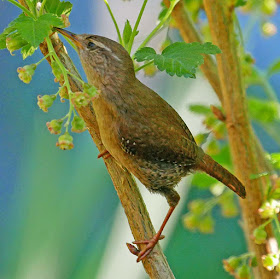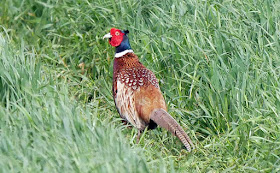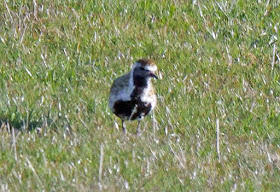A scene I passed on my walk a few days ago reminded me of this famous painting called The Gleaners, by Jean-Francois Millet.
Gleaning was the tradition where the poor were allowed onto fields after a harvest to collect anything edible that had been left behind. It survived in one form until my childhood in the 1950s, when my grandmother worked on a farm in a rural part of the country that was in some ways still quite feudal. After the wheat harvest all the farmhands and their families waited around the field while the harvester paused before 'the last cut', which left just a rectangle of corn in the middle of the field, full of rabbits. Then the harvester would start again and the rabbits would be shot as they raced away, and given to families. My grandmother was highly skilled at skinning rabbits with a wicked little knife that she sharpened on the doorstep, giving me their tails afterwards.
 |
| By Jean-François Millet. Public Domain, https://commons.wikimedia.org/w/index.php?curid=20111149 |
The gleaners I've been watching are birds. Until a few days ago these fields were lush green meadows of cultivated forage grasses, tall enough to hide a hare. Then, in the space of a couple of days of fine, sunny weather the grass was cut, turned and dried and carried away to make silage, leaving the fields shorn and yellow.
So now the fields are full of birds, come to glean the insects and soil animals that are suddenly so accessible. Easy pickings, to feed their fledglings.
There are jackdaws ..... and ...
And flocks of starlings that keep themselves apart from the other gleaners.
And even a few curlews, flying in from rough pastures that are not cut for silage....





































































